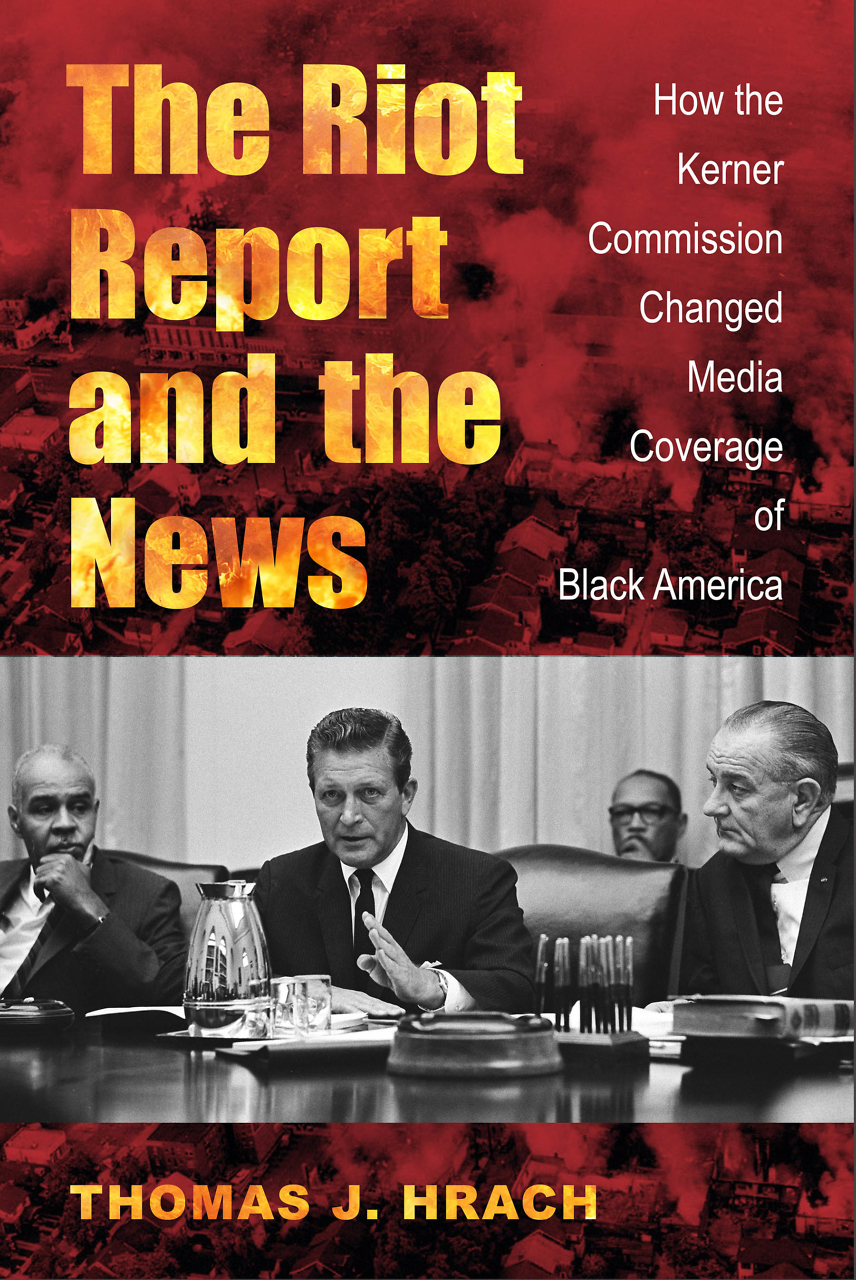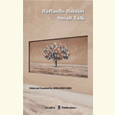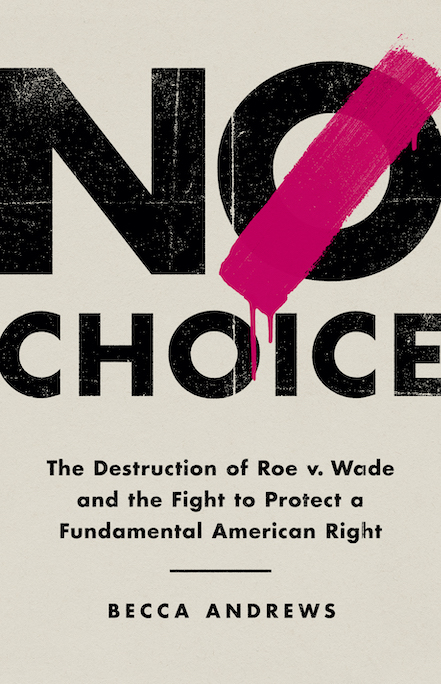Ghost Stories
Allyson Hobbs uncovers the fascinating history of racial passing in the United States
In A Chosen Exile, Allyson Hobbs analyzes how and why black people passed as white throughout American history. An assistant professor of history at Stanford University, Hobbs’s extensive research yields the stories of runaway slaves, Reconstruction-era politicians and their wives, esteemed intellectuals, and ordinary people who made fateful decisions about how they defined themselves—finding new opportunities as whites, but losing their old identities as blacks. The Organization of American Historians awarded A Chosen Exile both the Frederick Jackson Turner Prize, for the best first book on the subject of American history, and the Lawrence Levine Prize, for the best book on American cultural history.
 Prior to her upcoming appearance at the National Civil Rights Museum in Memphis, Hobbs answered questions via email from Chapter 16:
Prior to her upcoming appearance at the National Civil Rights Museum in Memphis, Hobbs answered questions via email from Chapter 16:
Chapter 16: One might assume that writing a history of racial passing is nearly impossible, given that those who crossed the color line kept their actions hidden, out of the historical record. How did you come to believe this was a viable project, and what sources were available to you as a historian?
Allyson Hobbs: When I was in my first year of graduate school, my aunt told me a story about our family that was so compelling, but also so tragic, that I simply could not stop thinking about it. A distant cousin of ours grew up on the South Side of Chicago in the 1940s and attended Wendell Phillips High School, the first predominantly African-American high school in Chicago. But after she graduated from high school, her life took a radically different turn. She was very light-skinned—she looked white—and in the hopes of improving my cousin’s life, her mother insisted that she move to California and assume the life of a white woman. My cousin pleaded that she did not want to leave her family, her friends, and the only life she had ever known. But her mother was determined, and the matter had been decided.
Years later, after my cousin had married a white man and raised white children who knew nothing of their mother’s past, she received an inconvenient telephone call. Her mother was calling to tell her that her father was dying and she must come home immediately. Despite these dire circumstances, my cousin never returned to Chicago’s South Side. She was a white woman now, and there was simply no turning back.
This is all that my family knows about our cousin. We can only imagine how the rest of her life unfolded. We can only imagine how she felt knowing that her father was dying and she couldn’t be there, that she would never see him again.
I have been wrestling with this story ever since my aunt shared it with me. I have always loved history, but I had always kept it at arms’ length. As academics, that’s what we are trained to do. That’s how we achieve evenhandedness and objectivity. But I couldn’t be dispassionate about this story. It wouldn’t leave me alone. So I set out to write a history of passing.
Conventional wisdom tells us that a history of passing cannot be written: those who passed left no trace in the historical record, and only novelists, playwrights, and poets could write about this clandestine practice. But I believed that the sources were out there, just waiting to be discovered. So I went into the archives looking for ghosts, hoping to tell their stories.
To find these ghosts, I had to seek out unconventional stories that varied at different historical moments. I started with literature. There was an explosion of literature on passing during the Harlem Renaissance in the 1920s, so I began by reading the correspondence of the authors who wrote about passing. Some of these novelists and poets had passed themselves, while others were fascinated by the topic because they had friends and family members who were passing. Luckily for me, they wrote about passing in their letters. “Guess who I saw? John. And he is passing!” This was a familiar refrain in much of the correspondence that I read in the archives.
I also looked at runaway-slave advertisements, diary entries, newspaper accounts of sensational cases, the papers of eugenicists who crafted laws designed to police the “one drop rule,” students’ records at colleges and universities who passed as white, and articles in popular magazines. At first I worried that I wouldn’t find anything. But soon I realized that the sources on passing are abundant. It was an embarrassment of riches.
Chapter 16: How prevalent was racial passing in the nineteenth century? Did the meaning of passing evolve in the transition from slavery to freedom?
Hobbs: During the era of slavery, to pass as white was to escape—not necessarily from blackness, but from slavery—often with the intention of reuniting with black family members and living as black under the more secure conditions of freedom.
 Passing as white became possible in a society where whiteness was not based solely on appearance but also on dress, behavior, and mannerisms. Indeed, skin color and physical appearance were usually the least reliable factors. Racially ambiguous slaves drew on highly sophisticated understandings of racial, gender, and social norms to enact whiteness; by doing so, many successfully passed to freedom.
Passing as white became possible in a society where whiteness was not based solely on appearance but also on dress, behavior, and mannerisms. Indeed, skin color and physical appearance were usually the least reliable factors. Racially ambiguous slaves drew on highly sophisticated understandings of racial, gender, and social norms to enact whiteness; by doing so, many successfully passed to freedom.
For example, Ellen Craft passed as a white man—crossing both racial and gender lines to escape to freedom—while her darker-skinned husband played the role of her slave. Ellen had to pass as a man because she knew it was highly unconventional for a white woman to travel alone with a male slave. But the Crafts’ convincing performance required far more than Ellen’s white skin: she had to dress and comport herself like a Southern gentleman. Her subtle and nuanced understandings of social and gender norms made this daring undertaking a marvelous success. Concerned that her beardless face might betray her or that her illiteracy would prevent her from registering her name at hotels, Ellen became a master of improvisation: she bound her right hand in a sling so that she could ask others to sign her name for her. She bandaged her face so that no one would know that she did not have a beard. By feigning illness, disability, and even deafness, Ellen politely excused herself from conversation and won the sympathy of other travelers. In fact, Ellen played the role of a Southern gentleman so well that white Southern ladies reportedly swooned in her presence.
Chapter 16: “This book is about loss,” you write. Why is “loss” such an overarching theme in the long history of racial passing in the United States?
Hobbs: The goal of my work is to explore not only what was gained by passing as white but also what was lost by walking away from a black identity. Loss is an overarching theme from the late-eighteenth to the mid-twentieth centuries, because as countless African Americans passed as white, they had to leave behind families, friends, and communities without any available avenue for return. Lives were lost only to be remembered in family stories.
Passing is a deeply individualistic practice, but it had enormous social consequences. A heartbroken yet sympathetic black mother could not speak a word to her nearly white child in public, laying bare the painful consequences of this practice. A history of passing cannot be written without telling her story, too. Those who were left behind describe the pain and the loss of this act just as keenly as those who passed.
Scholars have paid far more attention to what was gained by passing as white than to what was lost by rejecting a black racial identity. A white identity ensured easy access to countless benefits—a white-collar job, a house in a better neighborhood, a better seat in a movie theater or on a train. But passing as white meant losing a sense of belonging in a community. It meant no longer sharing experiences, stories, and memories with families. Passing exposed painful familial ruptures, a keen sense of loss.
Chapter 16: During the Harlem Renaissance, authors such as Jean Toomer, Nella Larsen, and Langston Hughes wrote about race and passing from very different viewpoints. How did these artists fashion their identities, and what can we learn from them?
Hobbs: Each came from mixed racial backgrounds. Each chose a different path. Toomer hoped to deconstruct racial categories by arguing that race could not adequately capture the multiple realities and the possibilities of his experiences, but he struggled to communicate his ideas in a way that others could understand. Larsen’s insecure racial identity stemmed from a tormented childhood with few reliable primary attachments. Larsen’s fictional protagonists, just like Larsen herself, were trapped at the intersection of their gender and racial identities. Hughes successfully presented racial identity in a way that was recognizable to his readers—he simultaneously ridiculed racial categories and wholeheartedly embraced them. Where Toomer lacked the language, Hughes lacked the inclination. He wished to be enveloped in blackness.
Chapter 16: In some ways A Chosen Exile is a story about race in the United States—what race means, how it is constructed, how it is subverted. What does the phenomenon of racial passing reveal about race itself? Has our understanding of race changed over time?
Allyson Hobbs: I join scholars who have argued that race is socially constructed and performative, but I keep my eye on what race means to those who are racialized. Race was quite real to those who lived with it, not because of skin color or essentialist notions about biology, but because it was social and experiential; it involved one’s closest relationships and one’s most intimate communities.
Chapter 16: Has the civil-rights movement rendered passing obsolete? Have we embraced the label of “mixed-race,” or is the United States still a biracial, black-white culture?
Allyson Hobbs: By the 1960s, racial politics had changed once again. Black identities were affirmed and passing was rejected. Black was beautiful. Blending in with the white world no longer seemed economically necessary, politically advantageous, or socially desirable.
My book focuses on the stubbornness of the white/black racial binary in the United States. The distinctiveness of the American racial regime created conditions ripe for the singular and spectacular nature of passing in the United States: the persistence of the “one-drop rule”; the lack of official categories for multiracial people; the social and economic distance between blacks and whites; the illegality of interracial marriage until the Loving v. Virginia case in 1967; and the history of the United States as a white majority/black minority nation until increased immigration led to massive demographic changes in the mid- twentieth century.
These conditions are changing, slowly but surely. I am often asked if people still pass today. I am certain that passing continues, but probably in different forms than what I found in my research. We now live in a far more multiracial society than Ellen Craft could have ever imagined. The conditions of the twenty-first century allow for a greater acceptance of mixed-race identities, but still the core issues of race and identity remain. Each generation must navigate the social currents and racial realities of their time period.

Aram Goudsouzian chairs the history department at the University of Memphis. His most recent book is Down to the Crossroads: Civil Rights, Black Power, and the Meredith March Against Fear.





